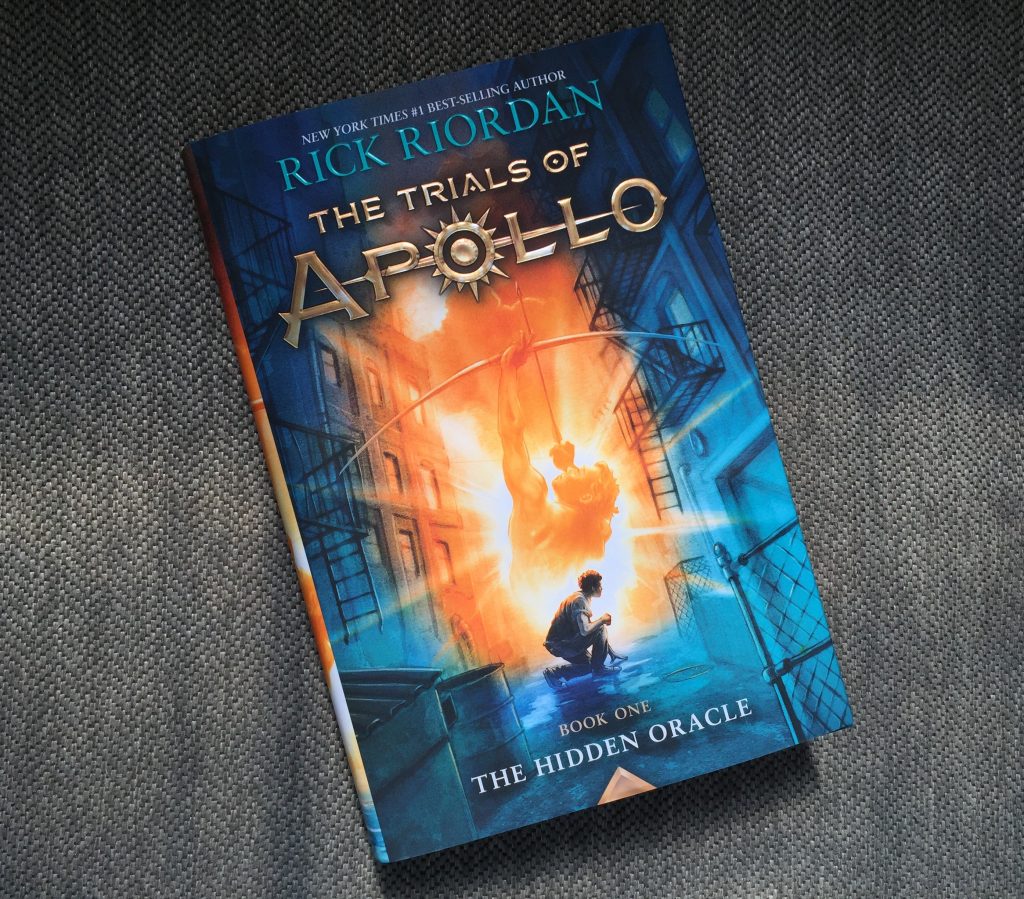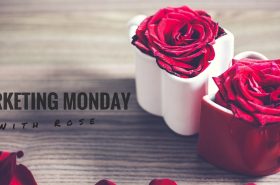I’m back with a freshly brewed cup of Marketing Monday! Today, I want to talk about something that will help writers at all stages. When I started seriously writing I wondered why it seemed like no one was taking me as seriously as I was. Then I stopped and looked at my own buying and reading habits and realized I haven’t read several of my friend’s works. This wasn’t a reflection on them, their work, or how serious of a writer I thought they were. I simply don’t read that fast. I read on impulse, I buy on sales.
Now you can find metrics all day long, and we will go over some of those, but first, I want you to start thinking about how you buy books. If this book wasn’t yours, where would it have to show up for you to buy it? Would a trusted blogger have to review it first, maybe just a friend tweeting about it? Do you impulsively buy things on store end caps? By learning your own buying and reading habits you can start to find your market. This also might help calm writer nerves that suggest if your books aren’t selling that no one loves you. (Hey, I’m not saying that. Writer!nerves are bullies.)
In marketing terms, this is called audience segmentation. It is the process of targeted marketing based on homogeneous subgroups like demographics, interests, or behavior. Instead of coming at it from ‘Who is my audience’ approach use a ‘Who am I’ approach. It’s common advice to write what you want to read. You were your first audience. You sold yourself on this book’s idea, so find readers like you. This will play into your voice as an author and make branding easier because you already know what works for you.
In 2014, Facebook throttled their organic reach, and views on posts dropped by 50%, which added a pay to play mentality on the site. Facebook then started pushing targeting advertising versus a scattergun method. As cool as having a beautiful towering sign in Time’s Square would be that’s not targeted and therefore increases your needed budget exponentially.
Facebook and Twitter didn’t add analytic data so you could see how many people found you witty. It’s so you buy ad space. Before you do, ask yourself what your goal is and what numbers provided reflect that goal.
Let’s pick on Twitter for a bit. If your end goal is to get your name out there, you want to focus on impressions aka as many eyeballs on you as possible. If your goal is to build a community you need to focus on RTs, favorites, and replies. If your end goal is to sell books, the focus needs to be on the click through rate. Be careful not to get lost in the white noise of other stats.
It takes four things to make a good ad:
- Visuals
- Talking to the right people
- A show of value
- Knowing your ad space
We will talk about the marketing side of design later since it’s such a huge topic, and we’ve been talking about figuring out audience. So let’s briefly move on to showing value. If you are marketing to a stranger this often means having a sale. If people follow you for you on social media you’ve already shown your value. You could also group call to actions in with showing value, because I think some marketing guru might have a heart attack if I don’t mention it. (No need to reach for the bayer aspirin Marketing Mike, I got you.) Even a stated date range on your promotion can say, ‘act now!’
That brings us to knowing your ad space. Social media is not created equal. You need to know your platform (and ad space on it) almost as well as yourself. Twitter might streamline their ads, but Facebook gives you several options on where to place your ad, each with a different usage. Tumblr, on the other hand, is aggressively anti-advertising. Methods on how to block Tumblr ads are passed around like party favors, and users only accept them if they are meme-worthy or are forced to deal when using mobile.
Let’s bring this all together. Don’t try to talk like “the youth.”
Your voice got you a book deal, let it get you sales as well.
Here’s the story of my most recent book buy. My friend was tweeting lines of a book and just said, “this is so bi.” The first tweet caught my attention, the second gave me more context, the third let me know that these weren’t throwaway lines.
What is this nameless bi featuring book?
Yeah, that Rick Riordan. The Disney-backed spin-off to a wildly popular series I have ignored my whole life for no real reason despite several close friends saying they were good, and despite all the marketing dollars tossed behind this book and all the other ones leading up to it.
I was told about this book at 1 am and by 3 pm the next day (the US release day actually) I bought it. To learn why, let’s recap.
I read on impulse. A teenage version of Apollo with strong bi coding is a very targeted arrow and scores a bullseye for me.
I buy on sale. Since this book is brand new it was 35% off.
That sort of targeted advertising is something that people with Disney-deep pockets don’t generally do, but it’s the one thing that resulted in selling me.
I once jokingly describe my novel, Bone Diggers, as sex, drugs, and video games. It’s the only tweet that after a year of promotion that someone directly asked to hear more. Again because that wording was (accidently) incredibly targeted.
To make the most out of your marketing you need to find your target and sharpen your marketing dollar to a fine point. Don’t learn your market, learn yourself, learn your book.







